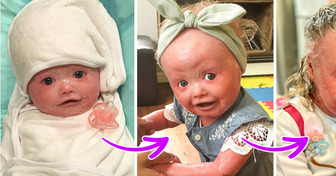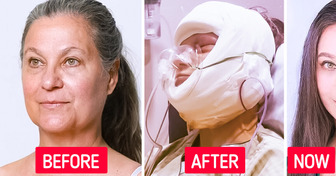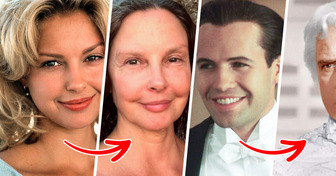Pierce Brosnan’s Wife Pens Heartfelt Tribute to Him, Amazes Fans with Her Remarkable Transformation

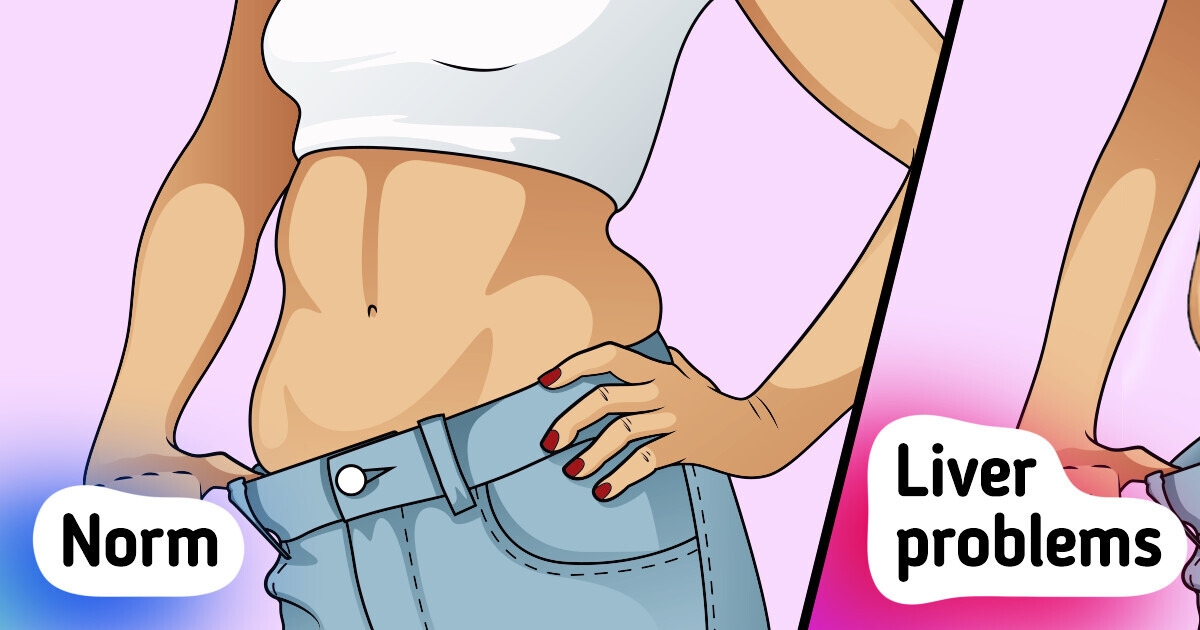
Many people skip preventive medical exams due to a lack of time or fear of doctors. However, you can perform several tests at home to get essential information about your health. These methods can help you determine whether you need to consult a healthcare professional or if everything is fine. We’ve gathered some simple and quick tests you can try right now.
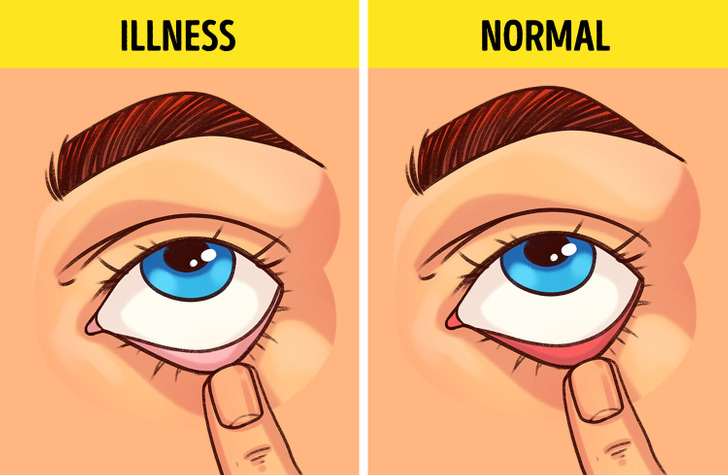
When you stand in front of a mirror, gently pull down your lower eyelid. If the color appears pink, everything is likely fine. However, if it looks pale pink or even yellowish, it could be a sign of anemia. Anemia, which is caused by a deficiency in hemoglobin, means that your muscles and tissues may not be receiving enough oxygen to function optimally. If you notice unusual paleness, fatigue, or shortness of breath, it’s important to see a doctor for a thorough examination.
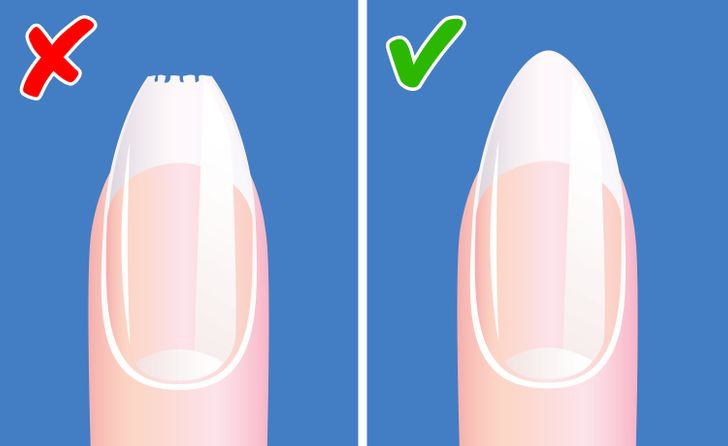
Take a look at your nails — they can tell a lot about your health. If your nails become rippled and split or white spots appear, it’s not only a cosmetic problem. Such a condition may indicate that your body doesn’t get enough vitamin B, iron, or that there’s a risk of osteoporosis.
This method is called the Shtange test. You’ll need a stopwatch to perform it.
Stand up and check your heart rate for 30 seconds. Then sit down and take 3 breaths in a row without exhaling. Then hold your breath as long as you can and count the time. After you exhale, check your pulse for 30 seconds again.
Results:
The result should equal your heart rate for 30 seconds after the test and your heart rate for 30 seconds before the test.
The result that equals 1, 2, or lower is fine. If you scored more “points”, it might indicate that your cardiovascular system needs more oxygen.
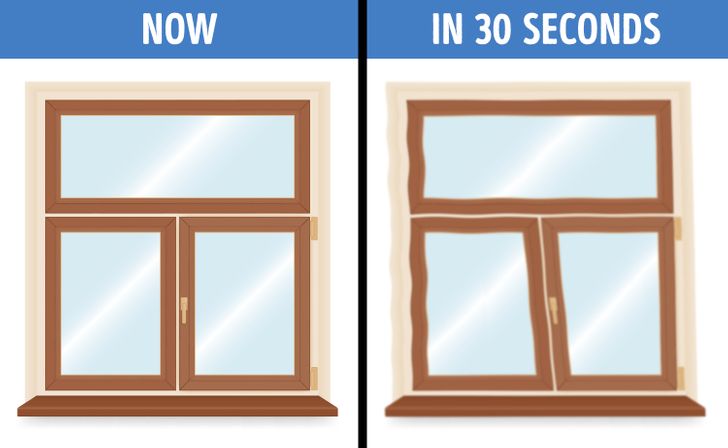
Look at a window frame for 30 seconds and then close your eyes. Then open your left eye, close it, and open your right eye. If the picture that you see with your eye gets blurred and lines aren’t parallel to each other anymore, it may be a sign of macular degeneration or severe irreversible vision loss.
You can also perform another test near a car parking lot. Step away from any car at 65 ft and try to read a vehicle number plate. If you can’t do that, it’s recommended that you visit a doctor.
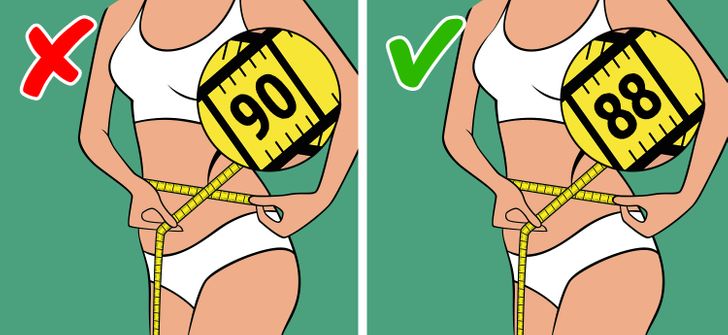
One of the main health indicators is your waist size. Take some measuring tape and measure your waist at 1 in above the navel. If everything is normal, its size shouldn’t be more than 34 in on women and 40 in on men.
People who have a bigger waist are 5 times more likely to get type 2 diabetes. In Japan in 2008, the government even decided to enact a law obliging people with big tummies to attend special sessions to lose weight.
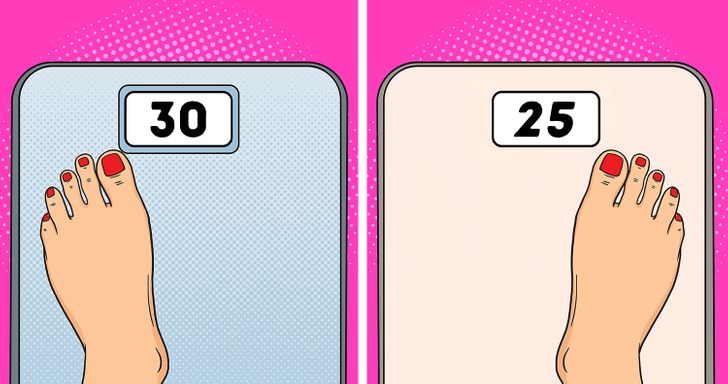
You’ll need 2 scales. Stand on one scale with one foot and on another scale with the other foot. The weight distribution should be about the same. If numbers differ greatly, it may indicate that your hip bone, the spine, and the head are off-center. It’s probably time to visit a doctor who will prescribe all necessary examinations.

Take a look in a mirror that allows you to see your whole body. Do you see a fatty layer above your waist? It’s visceral fat that surrounds the liver and doesn’t allow it to work properly.
Yellowing whites of the eyes, lumps of fat (especially on your eyelids) and a coated tongue also indicate that something’s wrong with your liver.
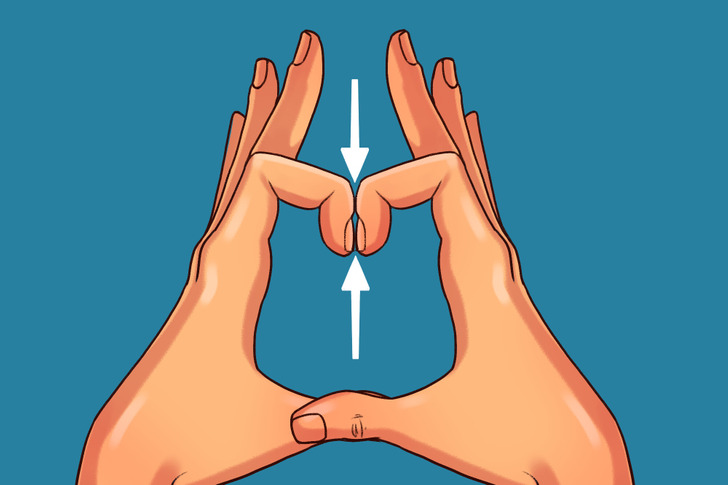
Make your fingers in the shape of an upside-down letter J and put your nails against one another. Do you see a tiny diamond between them? Great, this means that your heart and vessels are perfectly healthy.
If there is no space between your fingernails and the nail bed, it could be a sign of nail clubbing. This condition, where the fingers appear thicker, suggests that your blood may not be receiving enough oxygen. Oxygen deficiency can be caused by various issues, such as cardiovascular diseases, lung problems, or gastrointestinal disorders.
Please keep in mind that these tests are not meant to diagnose any disease. They are simply methods to help you monitor your health and take proactive steps toward well-being.
By the way, tests can assess more than just your health — they can also challenge your attention to detail. Don’t miss our other article, where we’ve put together some fun yet tricky illustrations to test your attentiveness.

